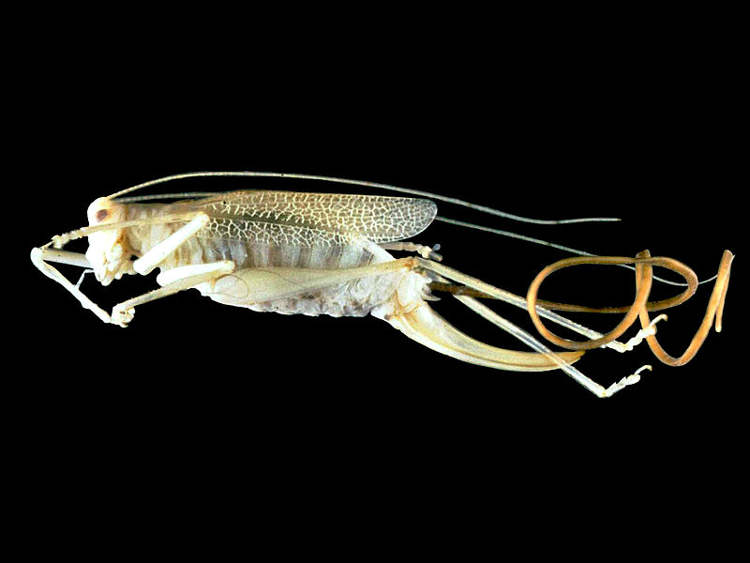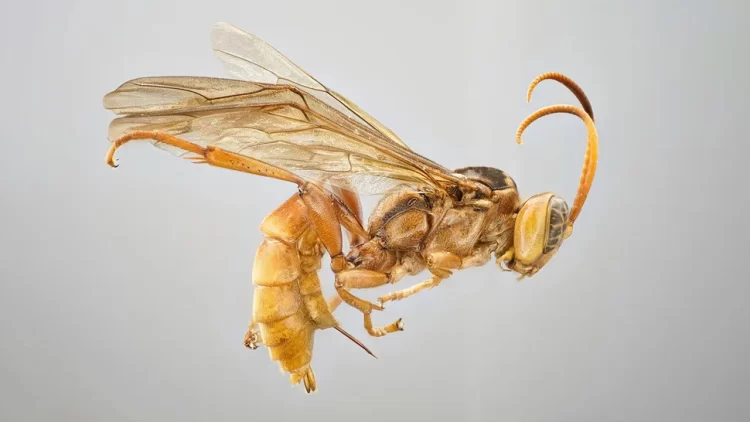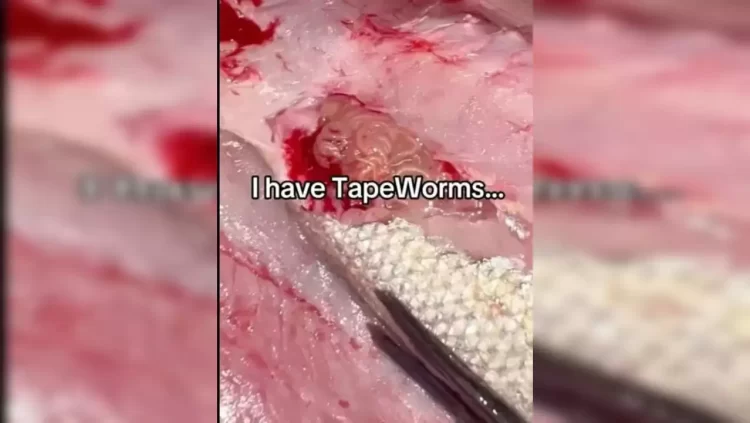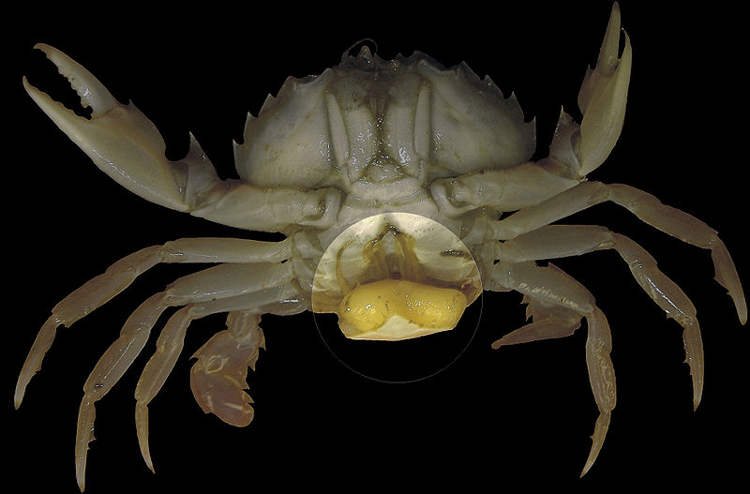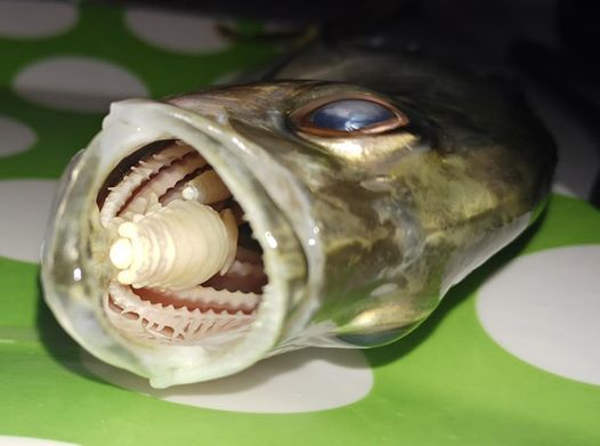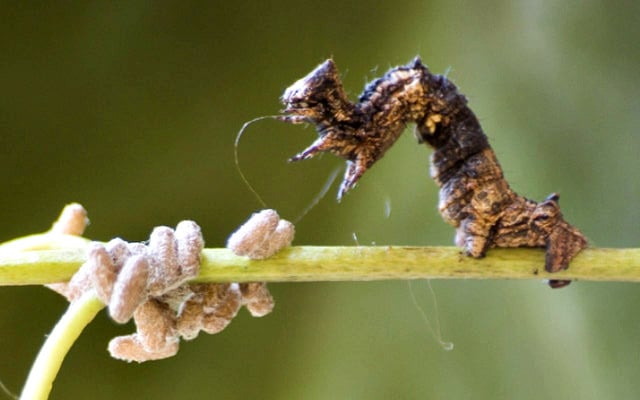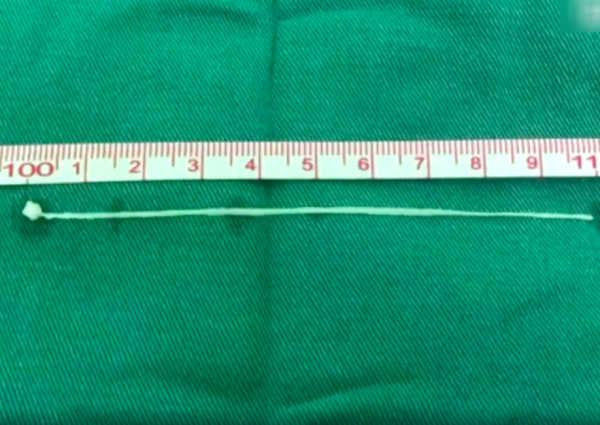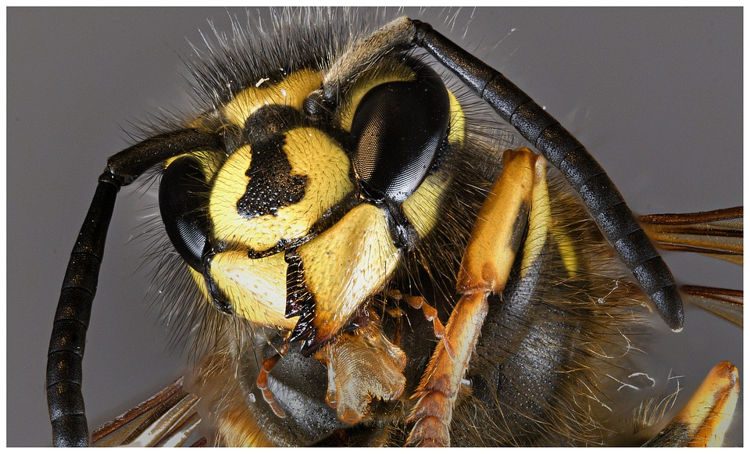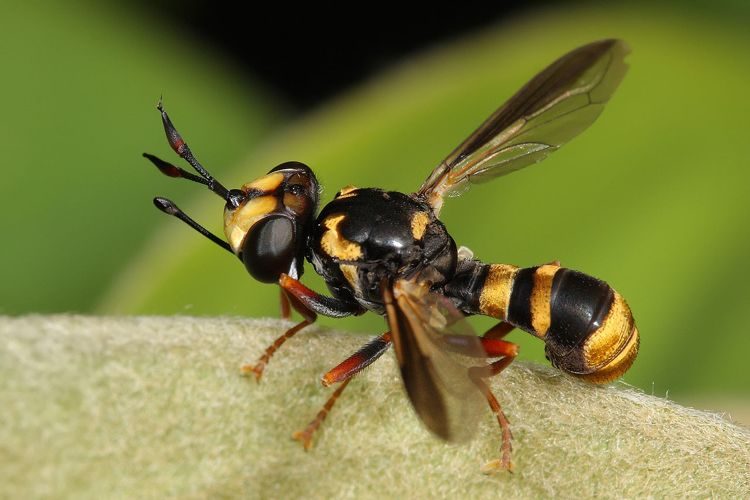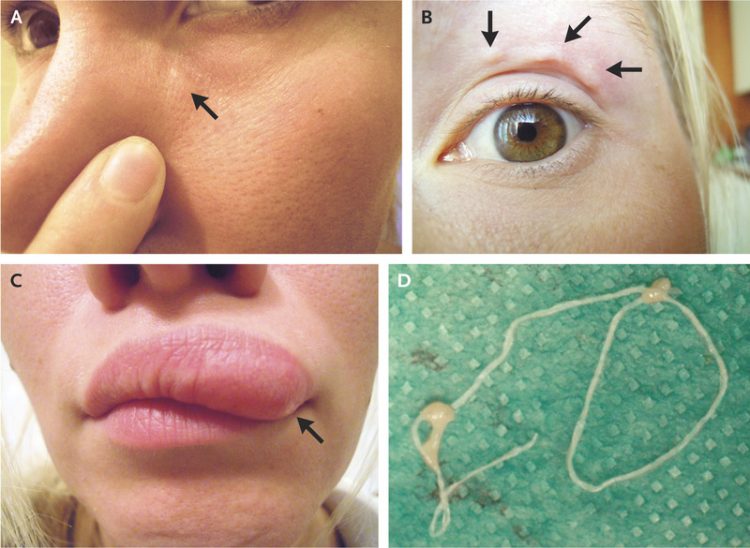The hairworm might not look like much, but it is a sinister parasite that steals its host’s genetic code to manipulate it into deep water, so it can reproduce and start the cycle all over again.
During its larval stage, a hairworm’s first goal is to get eaten by a tadpole or a mosquito. It then lies dormant until this initial host is itself eaten by a larger creature, such as a cricket, grasshopper, or mantis. Once its Trojan horse is digested by the new host, the hairworm breaks out and begins sapping the poor insect of nutrients. This only takes about three months, after which the hairworm somehow manipulates its drained host toward water, where it would never go on its own, to drown. Hairworms breed in water, so after their host dies, they swim to the nearest ball hairworms to reproduce and start the cycle once more. Scientists have known about the worm’s ‘mindsnatcher’ trick for years, but a team of researchers claims to have finally figured out how hairworms actually brainwash their hosts.

